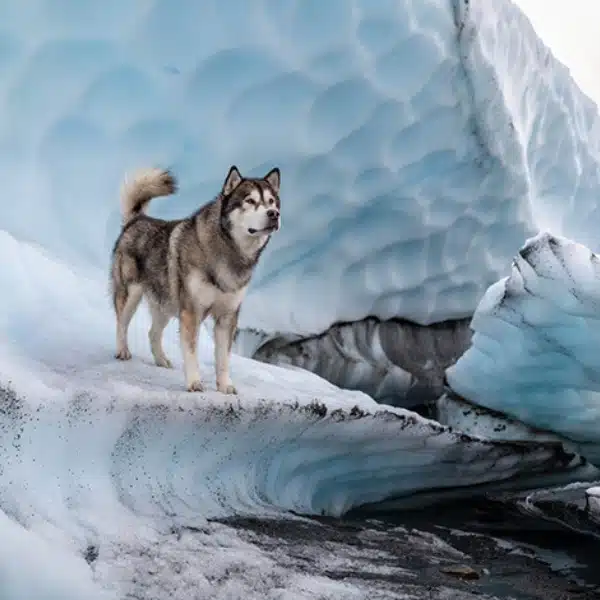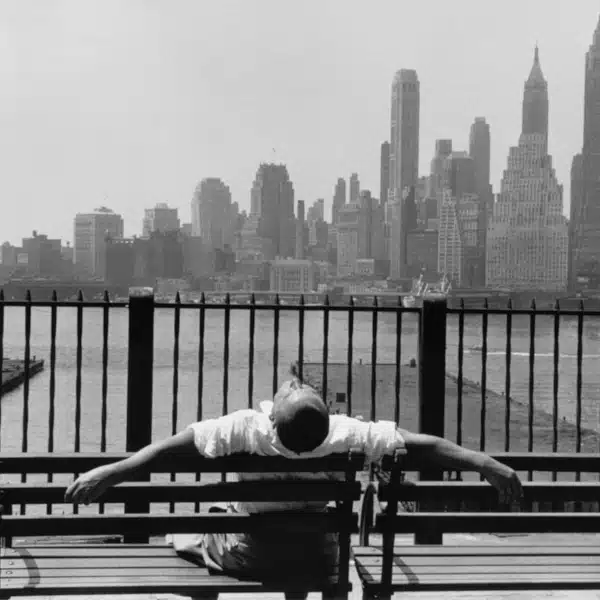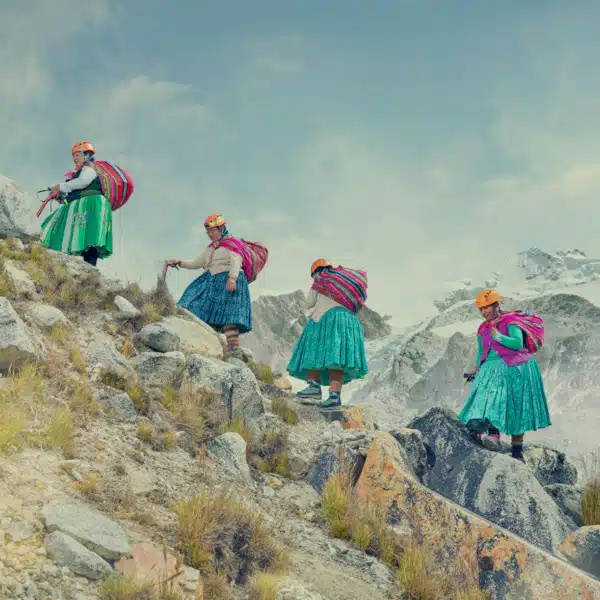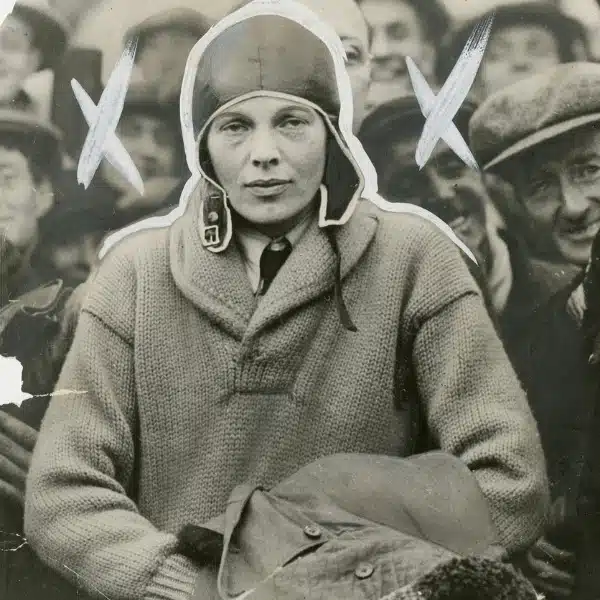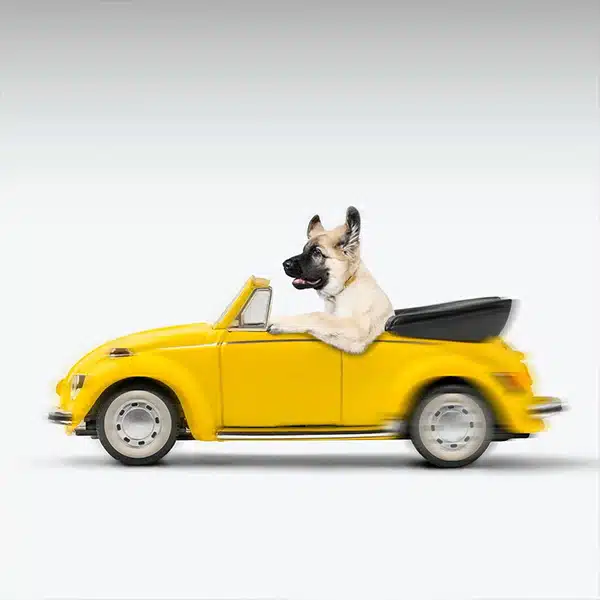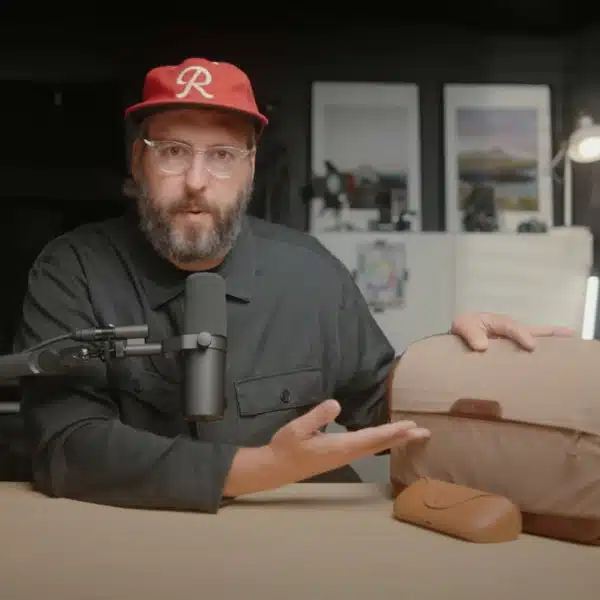The most important thing 10-year-old Maria brought with her is the jerrycan (water container) that she holds in this photograph taken at Jamam camp in Maban County, South Sudan.

While on assignment for the United Nations High Commission for Refugees (UNHCR), photojournalist Brian Sokol developed this project, entitled The Most Important Thing, that features portraits of individual refugees with a single most important personal belonging.
The UN Refugee Agency explains: “More than 105,000 refugees have crossed the border between Sudan's Blue Nile state and South Sudan's Upper Nile state since November, 2011.” The thousands of refugees are forced to leave their homes, often at a moment's notice, and travel by foot through treacherous circumstances, sometimes for weeks at a time without food and while suffering great illness.
Interested in their stories, Sokol asked the individuals what one thing they now have in their new life that is most important to them. Some of these heart-wrenching accounts will bring tears to your eyes. Many prized possessions include things like water containers and cooking pots–items that are cherished not only because they are reminders of home, but also because they have served as a means for survival. To read more about their journeys, you can check out the full project on the UNHCR website.
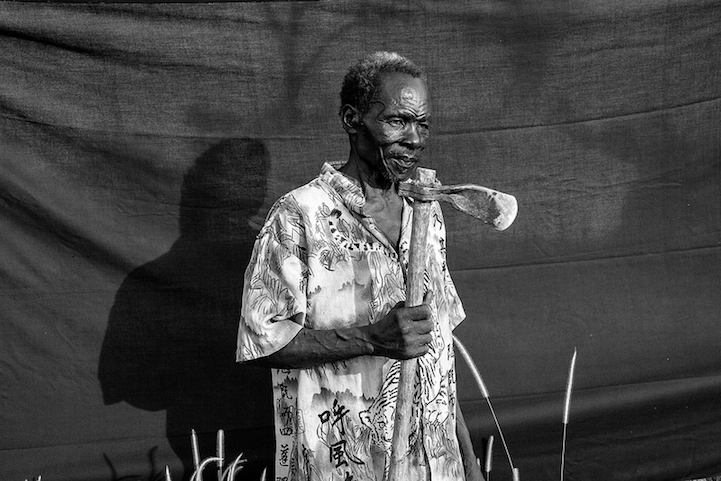
The most important thing Omar (who isn't sure of his exact age, but believes he is somewhere between 60 and 70 years old) was able to bring with him is the axe he holds in this photograph. He used it to cut firewood for cooking and to make small wooden structures where his family could sleep at night, and sometimes to rest for several days at a time, during their journey.
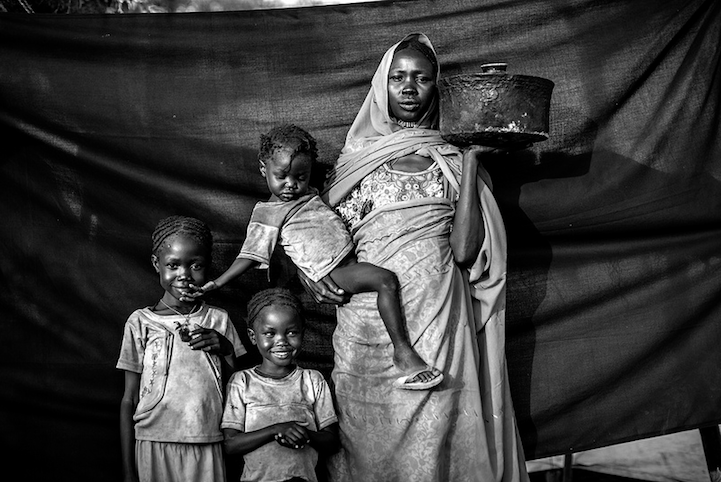
The most important thing Magboola, 20, was able to bring with her is the cooking pot she holds in this photograph. It was small enough she could travel with it, yet big enough to cook sorghum for herself and her three daughters during their journey.
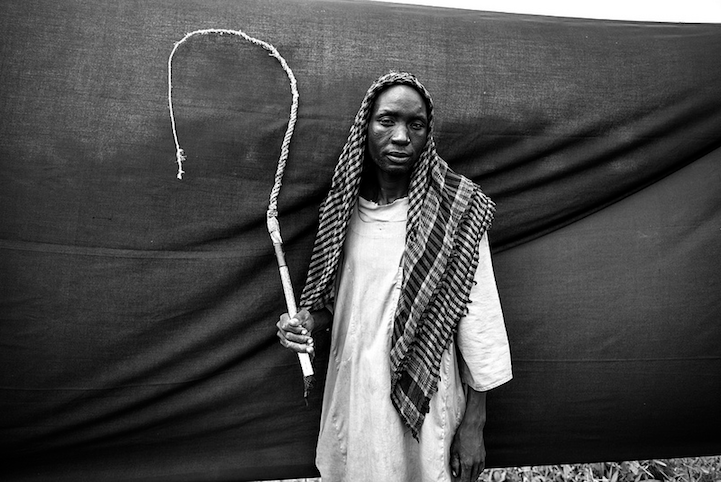
The most important thing Al Haj, 27 was able to bring with him is the whip that he holds. Without it, he says, he wouldn't have been able to keep together his herd of 50 goats, and he would now be destitute.

The most important thing that Shari, 75 was able to bring with her is the stick she holds. “I've had this stick since I went blind six years ago,” she said. “My son (Osman, 40) led me along the road with it. Without it, and him, I would be dead now.”

The most important object Dowla, 22, was able to bring with her is the wooden pole balanced over her shoulder, with which she carried her six children during the 10-day journey from Gabanit to South Sudan. At times, the children were too tired to walk, forcing her to carry two on either side.

The most important thing Ahmed, 10, was able to bring with him is Kako, his pet monkey. Kako and Ahmed made the five-day journey from Taga to the South Sudanese border together in the back of a truck. Ahmed says he can't imagine life without Kako, and that the most difficult thing about leaving Blue Nile was having to leave his family's donkey behind.
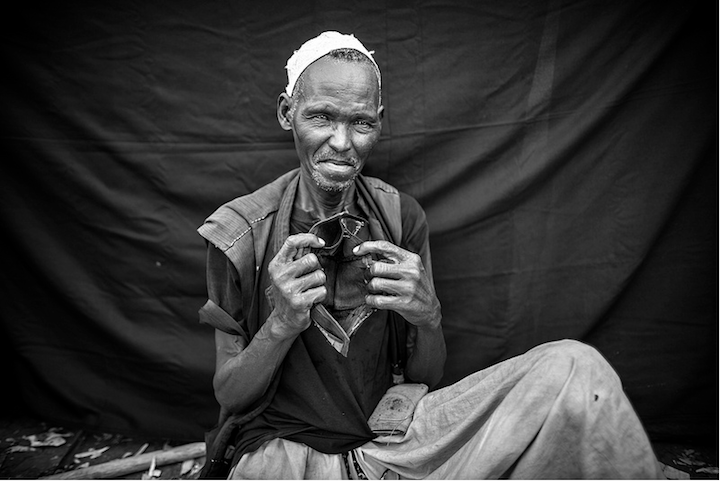
The most important object Hasan (uncertain of his age, but believes to be somewhere between 60 and 70) was able to bring with him is the empty wallet he holds. Though he is now destitute, he left Maganza with enough money to buy food for his family during their 25-day journey to the South Sudanese border.

The most important object Howard, 21, was able to bring with him is the long knife he holds, called a shefe, which he used to defend his wife and six children, and his herd of 20 cattle during their 20-day journey from Bau County to the South Sudanese border.

The most important thing Haja, 55, was able to bring with her is the patterned shawl, called a taupe, which she used to carry her baby granddaughter, Bal Gaze.
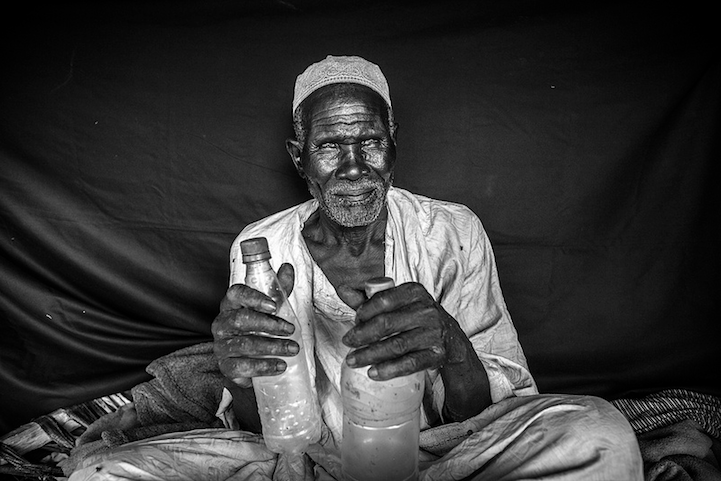
The most important things that Torjam was able to bring with him were the plastic bottles he holds here. One carried drinking water, the other cooking oil. “All I could carry was this, and an axe. We couldn't bring much, and even had to leave some other old people behind.
Brian Sokol's website
The UN Refugee Agency website
via [PetaPixel]











































































